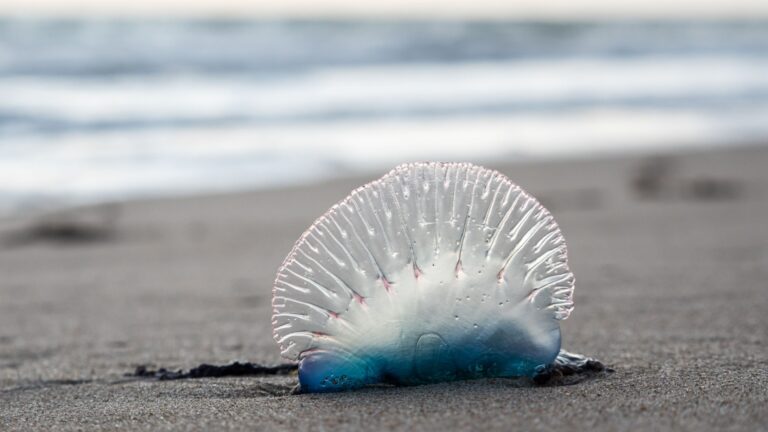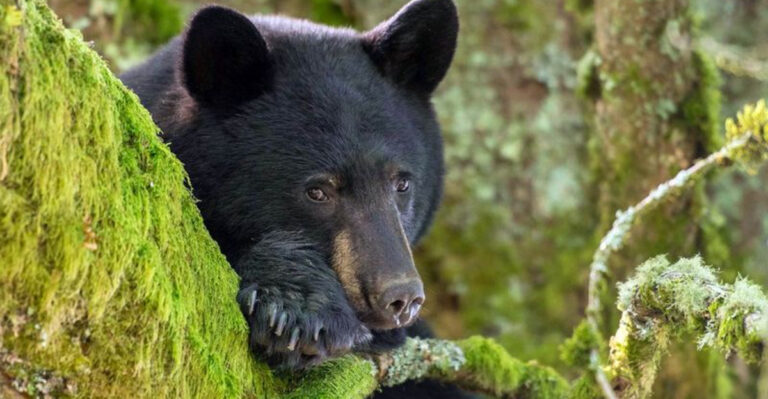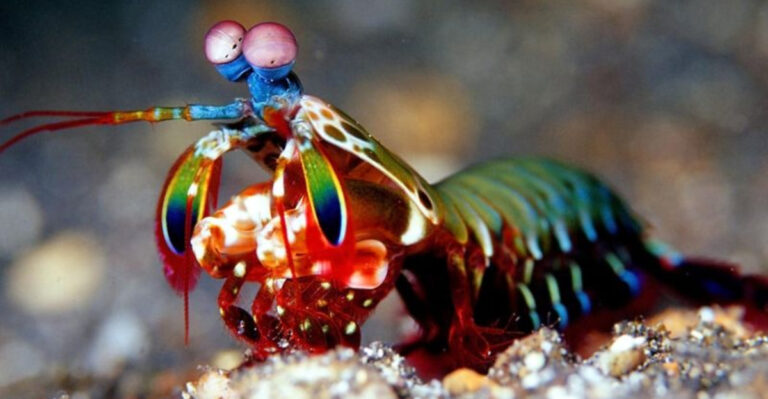Watch Out For Vipers In These 13 States Across America
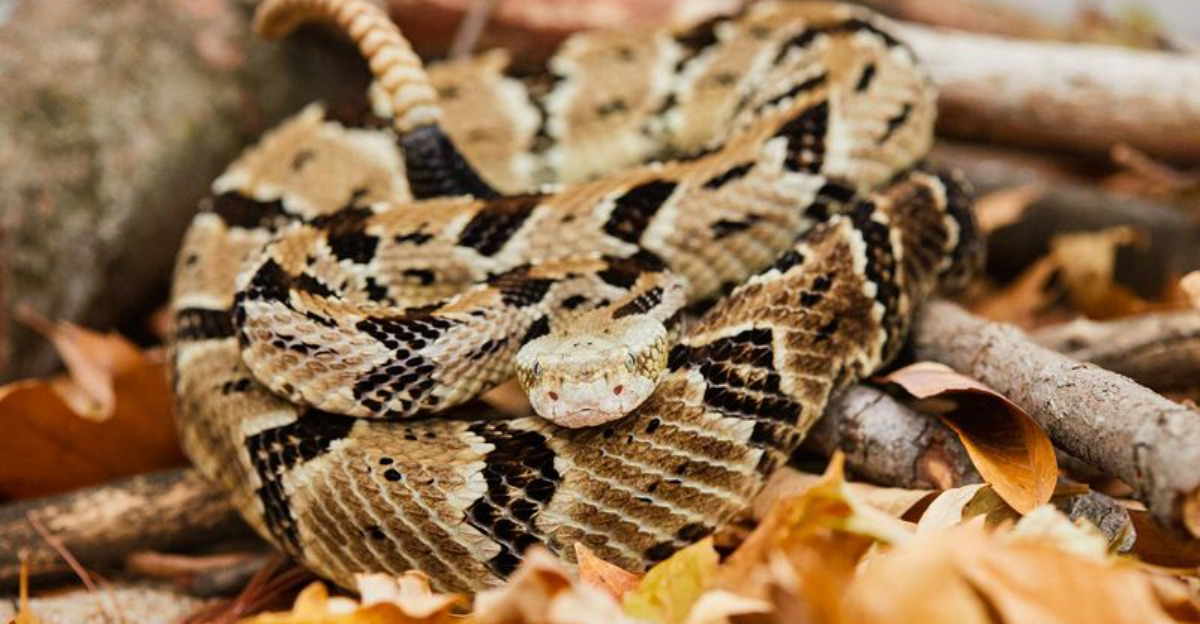
Discover the lurking presence of vipers in various states across America. These fascinating but potentially dangerous reptiles can be found in diverse habitats, from deserts to wetlands.
Learn where to be vigilant and how to appreciate these creatures safely.
1. Arizona
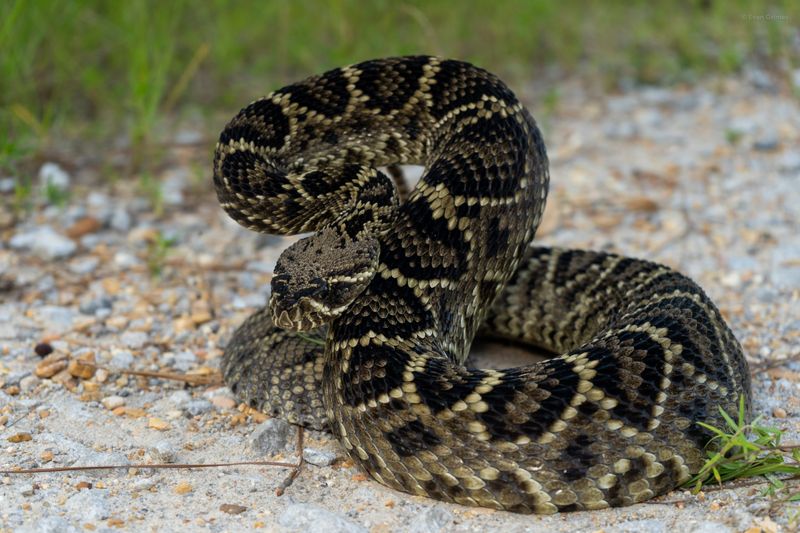
In the sun-drenched state of Arizona, vipers slither quietly among the rocky terrains and arid deserts. The notorious Diamondback Rattlesnake, among others, calls this state home. As you traverse the trails or explore the wide-open spaces, keep an eye out for these camouflaged predators.
Whether you’re hiking or simply enjoying the desert scenery, the presence of vipers is a reminder of Arizona’s wild side. Their distinct rattle serves as a natural warning, a signal to maintain a respectful distance. This state offers a prime example of how wildlife and humans coexist.
Encountering a viper is not uncommon, yet with caution and awareness, these meetings can be safe. Always stay informed about local wildlife advisories and respect the vipers’ natural habitat. Exploring Arizona’s natural beauty comes with the responsibility of understanding and respecting its native creatures.
2. Texas
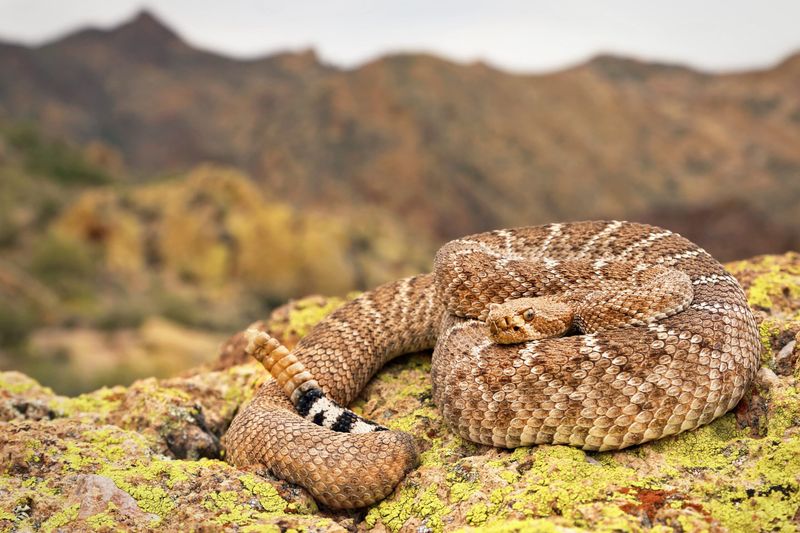
Texas, with its vast landscapes, offers a habitat for various viper species, including the Western Diamondback Rattlesnake. These reptiles are often found in grassy fields and rocky crevices. Their presence is woven into the very fabric of the Texan wilderness.
If you find yourself wandering the prairies or rocky outcrops, remain vigilant. Vipers can be elusive, blending seamlessly into their surroundings. Their behavior is typically non-aggressive, but they will defend themselves if threatened.
The Western Diamondback’s rattle is an unmistakable sound, a cue for caution as you explore. Embrace the opportunity to observe these creatures from a distance, appreciating their role in the ecosystem.
In Texas, understanding the environment includes acknowledging the vipers that call it home. Always prioritize safety by keeping to designated paths and heeding local wildlife guidance.
3. Florida
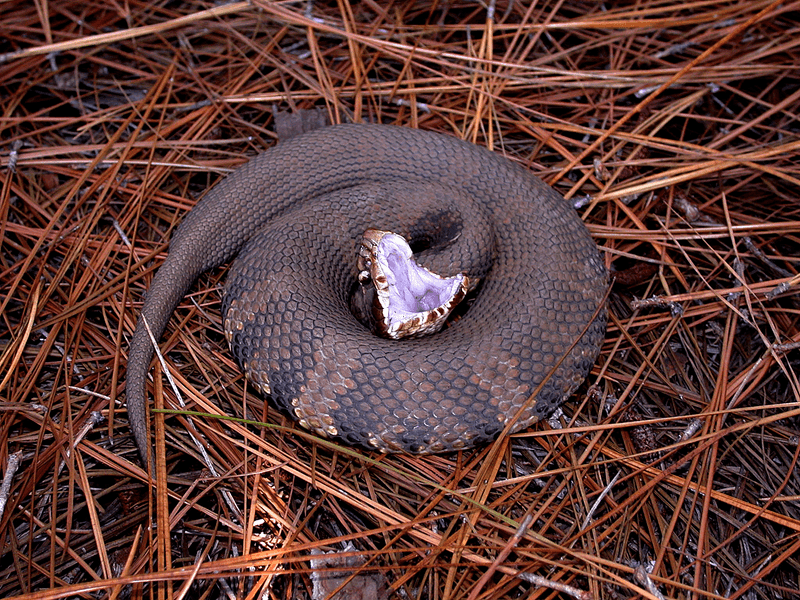
Florida’s unique ecosystems, from swamps to coastal regions, host a variety of vipers, with the Cottonmouth being particularly notable. These snakes are often associated with water and can be spotted gliding through the state’s abundant wetlands.
Navigating Florida’s wild areas requires an awareness of these elusive serpents. The Cottonmouth, or Water Moccasin, is known for its distinctive behavior when threatened. Recognizing their presence can enhance your outdoor adventures, transforming potential dangers into opportunities for discovery.
Admire Florida’s biodiversity while staying safe by maintaining a respectful distance from these reptiles. Whether kayaking through a swamp or hiking near water bodies, always be prepared.
Understanding the habits of the Cottonmouth allows for a harmonious experience with nature. Respect their space and contribute to the preservation of Florida’s natural habitats.
4. Georgia
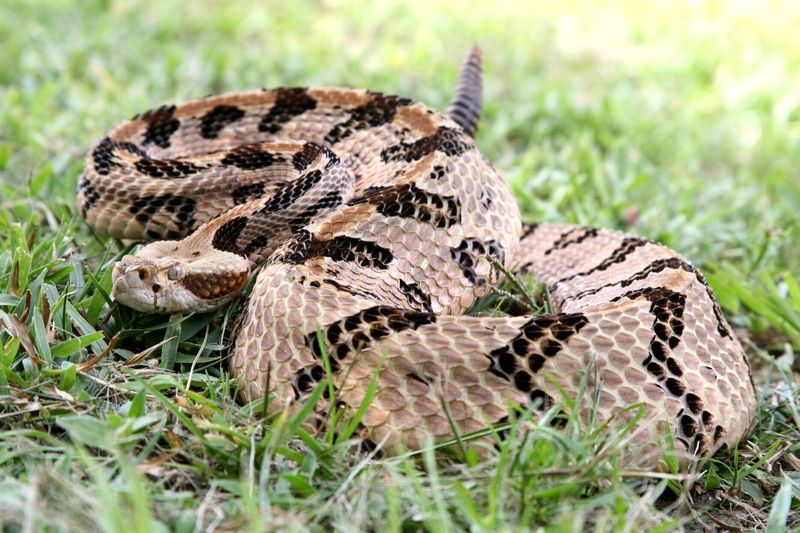
In the heart of Georgia, vipers like the Canebrake Rattlesnake inhabit the lush forests and rolling hills. These snakes are masters of camouflage, often hidden among the foliage and forest debris that cover the ground.
Exploring Georgia’s outdoors presents a wonderful chance to witness these fascinating creatures in their natural environment. The Canebrake Rattlesnake, known for its distinctive banding and rattle, adds to the state’s rich tapestry of wildlife.
While venturing into these areas, it’s crucial to remain alert and respectful of the snake’s habitat. By keeping a safe distance and observing from afar, you can appreciate their beauty without disrupting their natural behavior.
Georgia’s vipers remind us of the intricate balance within ecosystems, where even the smallest creature plays a vital role. Education and awareness are key to safe and enriching encounters.
5. North Carolina
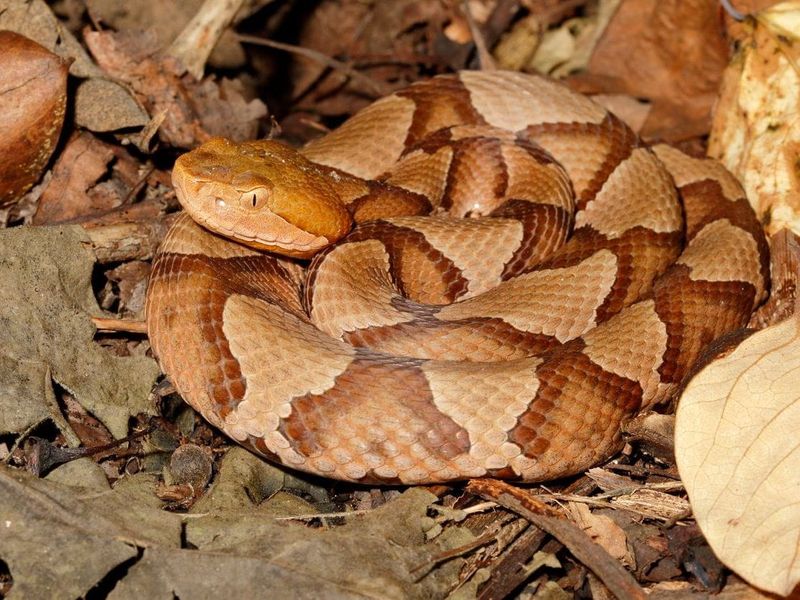
North Carolina’s diverse landscapes provide a home to the Copperhead, a viper known for its striking appearance and secretive nature. These snakes often reside in wooded areas, blending seamlessly into their environment.
When hiking or enjoying North Carolina’s outdoor spaces, keep a watchful eye for the Copperhead’s distinctive markings. Their copper-colored heads and bodies can be challenging to spot, especially among fallen leaves and underbrush.
Appreciate the serenity of nature while respecting the Copperhead’s place within it. These vipers are generally non-confrontational, preferring to avoid interaction. However, they will defend themselves if necessary.
Observing them from a distance allows you to enjoy North Carolina’s natural beauty safely. Education about local wildlife fosters a deeper connection with the environment and encourages responsible exploration.
6. Alabama
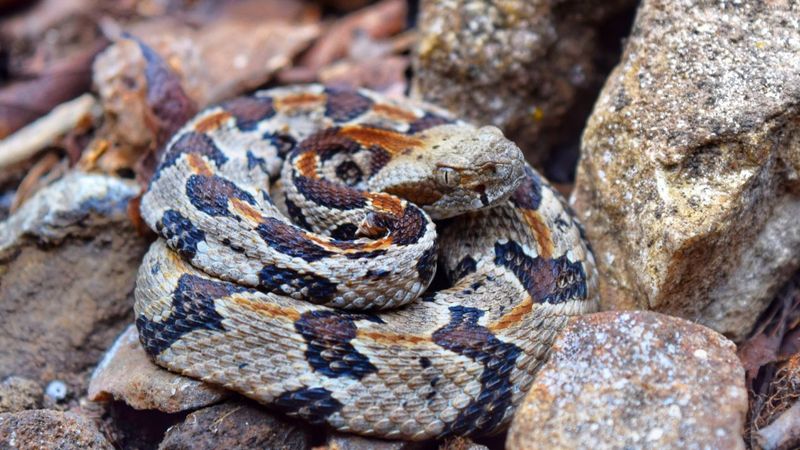
Alabama’s rich biodiversity includes several viper species, such as the Timber Rattlesnake, which can be found in wooded and marshy areas. These snakes are vital to the ecological health of their habitats, controlling rodent populations and contributing to the food web.
Exploring Alabama’s landscapes offers encounters with these vipers, but caution is advised. Their patterns provide excellent camouflage, making them difficult to spot among the natural debris. If you’re venturing into these regions, maintain a respectful distance and be aware of your surroundings.
The Timber Rattlesnake’s distinct rattle serves as a warning, urging you to steer clear. Embrace the opportunity to learn about these fascinating creatures and their role in the ecosystem. Alabama’s vipers remind us of the importance of conservation and the need to protect their natural habitats.
7. California
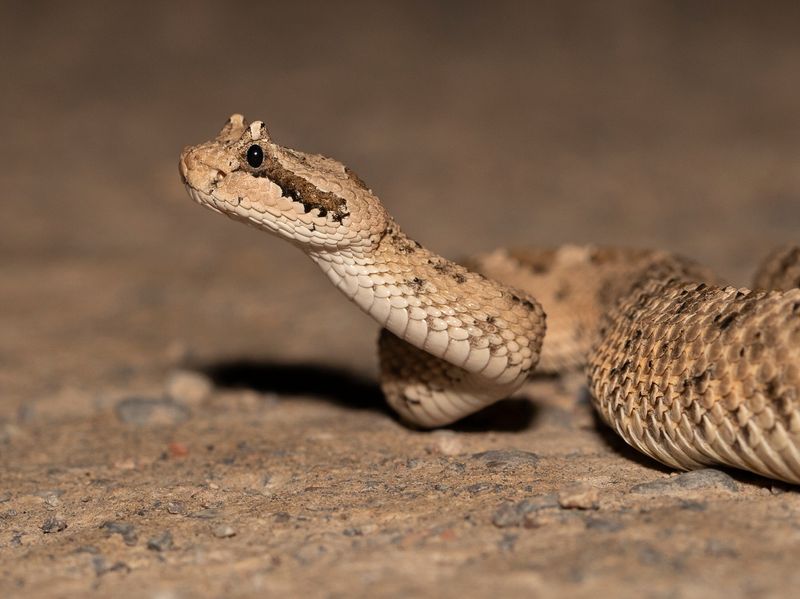
California’s vast and varied terrain is home to the Sidewinder Rattlesnake, among other viper species. These snakes are uniquely adapted to desert life, often found navigating the sandy dunes of the state’s arid regions.
Observing a Sidewinder in action can be a captivating experience, as they move in a distinctive sidewinding manner, leaving characteristic tracks in the sand. Their adaptation to the harsh desert environment showcases nature’s ingenuity.
While exploring California’s deserts, stay mindful of your surroundings. These vipers blend into the landscape, making them easy to overlook. However, with informed awareness, you can appreciate their presence safely.
Sidewinders play a crucial role in the ecosystem, and respecting their space ensures a harmonious relationship with the natural world. Appreciate the beauty of the desert while being conscious of its inhabitants.
8. Mississippi
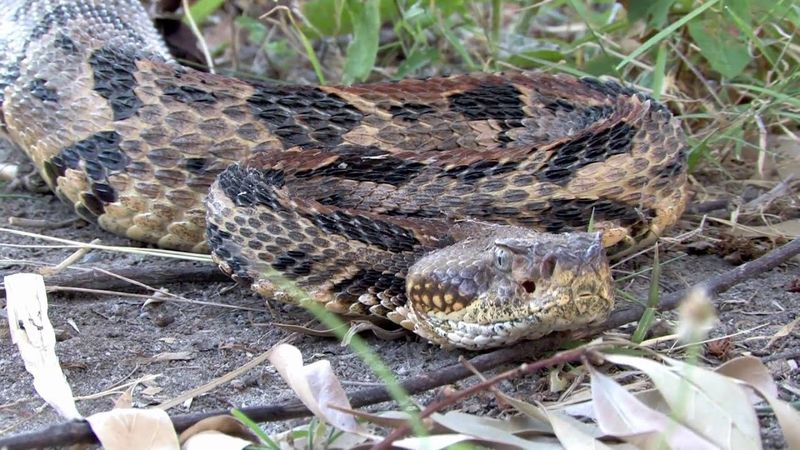
Mississippi’s lush and humid environments provide an ideal habitat for vipers like the Canebrake Rattlesnake. These snakes are often found near riverbanks, where they bask in the sun and remain vigilant for prey.
Exploring the natural beauty of Mississippi involves an awareness of these serpents, which are integral to the local ecosystem. Their presence helps maintain a balanced food chain, controlling populations of rodents and other small animals.
When near potential viper habitats, exercise caution and respect for their space. The Canebrake Rattlesnake’s warning rattle is a signal to observe from a safe distance.
Understanding their behavior and role in the environment enhances your appreciation for Mississippi’s wildlife. By staying informed and cautious, you can enjoy the natural wonders of the state without compromising safety.
9. Louisiana
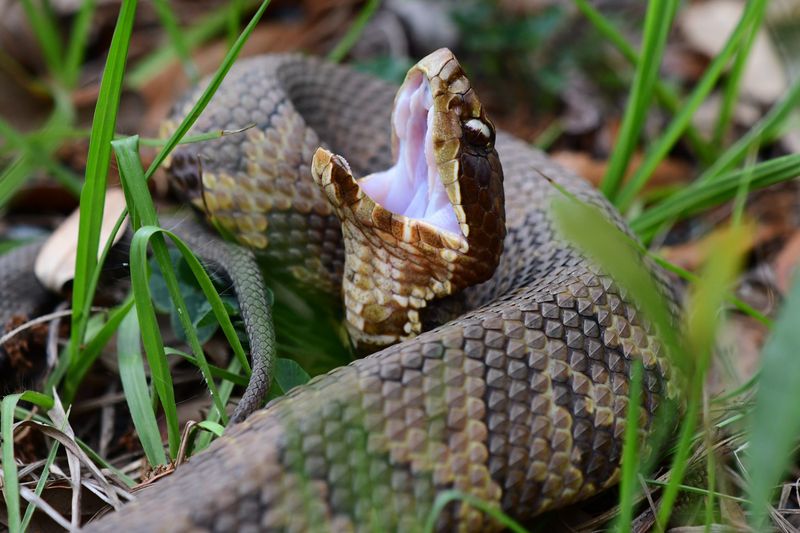
Louisiana’s bayous and wetlands are home to the Cottonmouth, a viper that thrives in the state’s humid and aquatic environments. Known for their potent venom, these snakes are an essential part of the ecosystem.
While navigating the picturesque bayous, boaters and hikers alike should remain vigilant. The Cottonmouth, with its distinctive white mouth display, is often found near water and enjoys basking on logs or floating vegetation.
To enjoy Louisiana’s natural splendor safely, always be aware of your surroundings and maintain a respectful distance from any encountered wildlife. The presence of the Cottonmouth highlights the delicate balance of the bayou’s ecosystem.
By understanding their behavior and habitat, you can experience the unique beauty of Louisiana while contributing to the preservation of its natural resources.
10. Arkansas
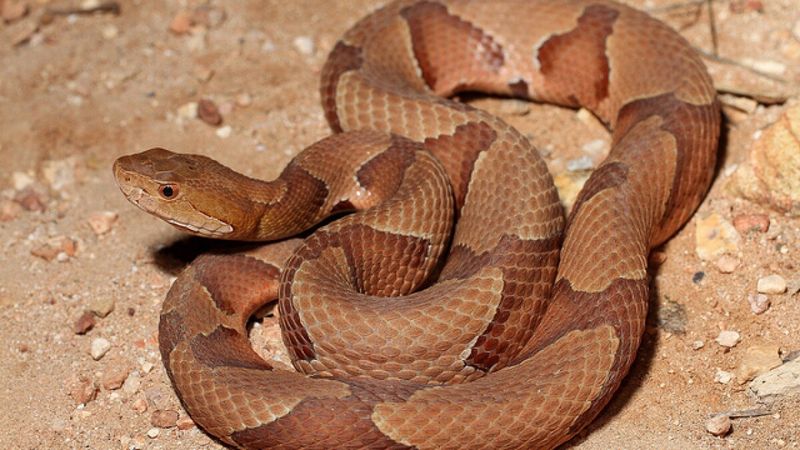
Arkansas’s wooded landscapes are home to the Copperhead, a viper that blends seamlessly into its surroundings. These snakes are often found in forested areas, where their camouflage provides an effective defense against predators.
When exploring Arkansas’s natural trails, it’s essential to remain cautious and observant. The Copperhead’s distinctive coloring allows it to hide among leaves and undergrowth, making it a master of disguise.
Encountering a Copperhead can be a thrilling experience if approached with respect and caution. They are generally non-aggressive but will defend themselves if provoked. Understanding their role in the ecosystem encourages appreciation and careful observation.
11. Tennessee
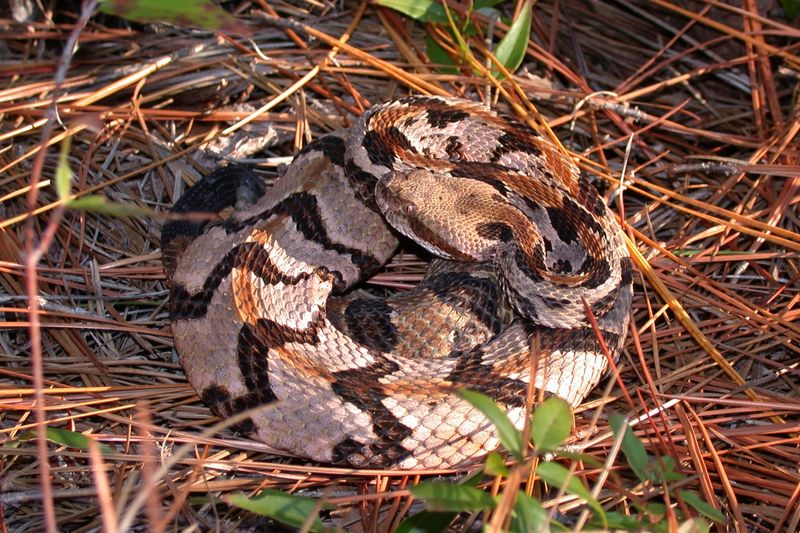
Tennessee’s varied landscapes, from mountains to forests, provide a perfect setting for the Timber Rattlesnake. These vipers are often found in dense woodland, where they play a critical role in maintaining ecological balance.
Explorers of Tennessee’s wild spaces should be mindful of the Timber Rattlesnake’s presence. Their camouflage makes them difficult to spot, but their rattle serves as a clear warning to keep a safe distance.
Embrace the opportunity to observe these fascinating creatures, understanding their importance in the food chain. Timber Rattlesnakes help control pest populations, contributing to the health of their ecosystems.
By respecting their space, you can enjoy Tennessee’s breathtaking nature while ensuring your safety. Educating yourself about these vipers enhances your outdoor adventures and fosters a positive relationship with the environment.
12. Oklahoma
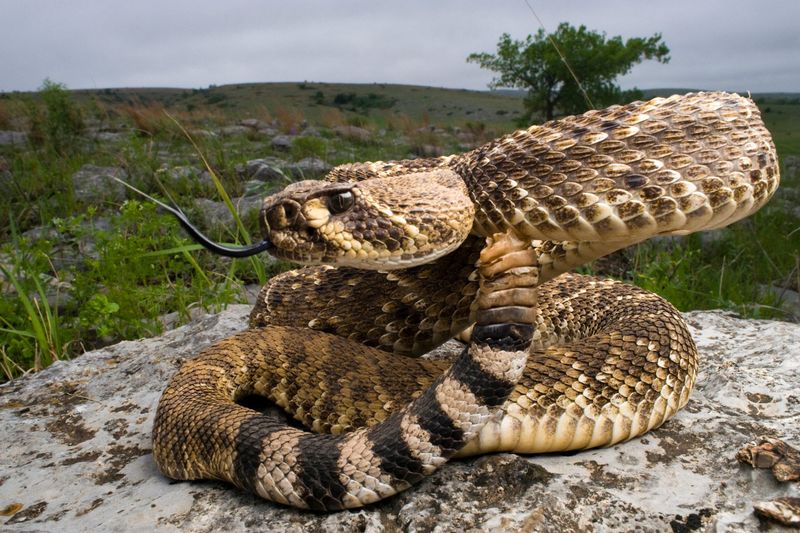
Oklahoma’s grasslands and prairies are frequented by the Western Diamondback Rattlesnake, a species known for its distinctive rattle and striking pattern. These vipers thrive in open spaces where they can hunt effectively.
When exploring Oklahoma’s expansive outdoors, it’s wise to stay on designated paths and remain watchful. The Western Diamondback’s natural camouflage allows it to blend into the grassy landscape, making it a challenge to spot.
Despite their potentially dangerous reputation, these vipers play a vital role in controlling rodent populations, making them an integral part of their ecosystem. Observing them from a distance allows you to appreciate their contribution without risk.
Oklahoma’s vipers serve as a reminder of the state’s rich biodiversity and the importance of conservation efforts to protect these remarkable creatures.
13. Kentucky
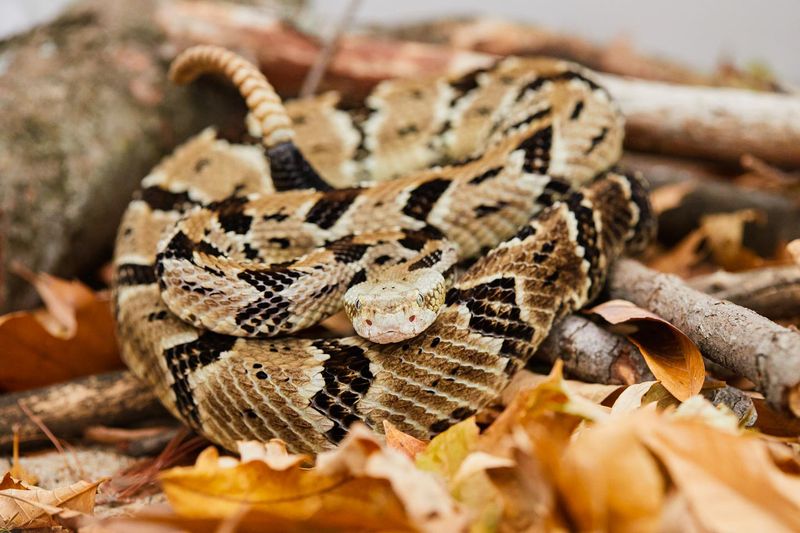
Kentucky’s diverse environments, including forests and caves, offer habitats for the Timber Rattlesnake. These vipers are typically found in secluded areas where they can hunt and bask undisturbed.
When venturing into Kentucky’s natural landscapes, be aware of the vipers’ presence, particularly around rocky outcrops and cave entrances. Their rattle is a key indicator of their proximity and a call for caution.
Appreciating Kentucky’s vipers involves understanding their ecological role and respecting their space. Timber Rattlesnakes contribute to maintaining the balance of nature by controlling small animal populations.
By observing them with care, you enhance your outdoor experience and support the conservation of Kentucky’s wildlife. This state’s vipers exemplify the intricate connections within ecosystems and the need for mindful interaction with the natural world.




